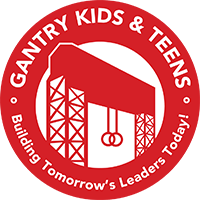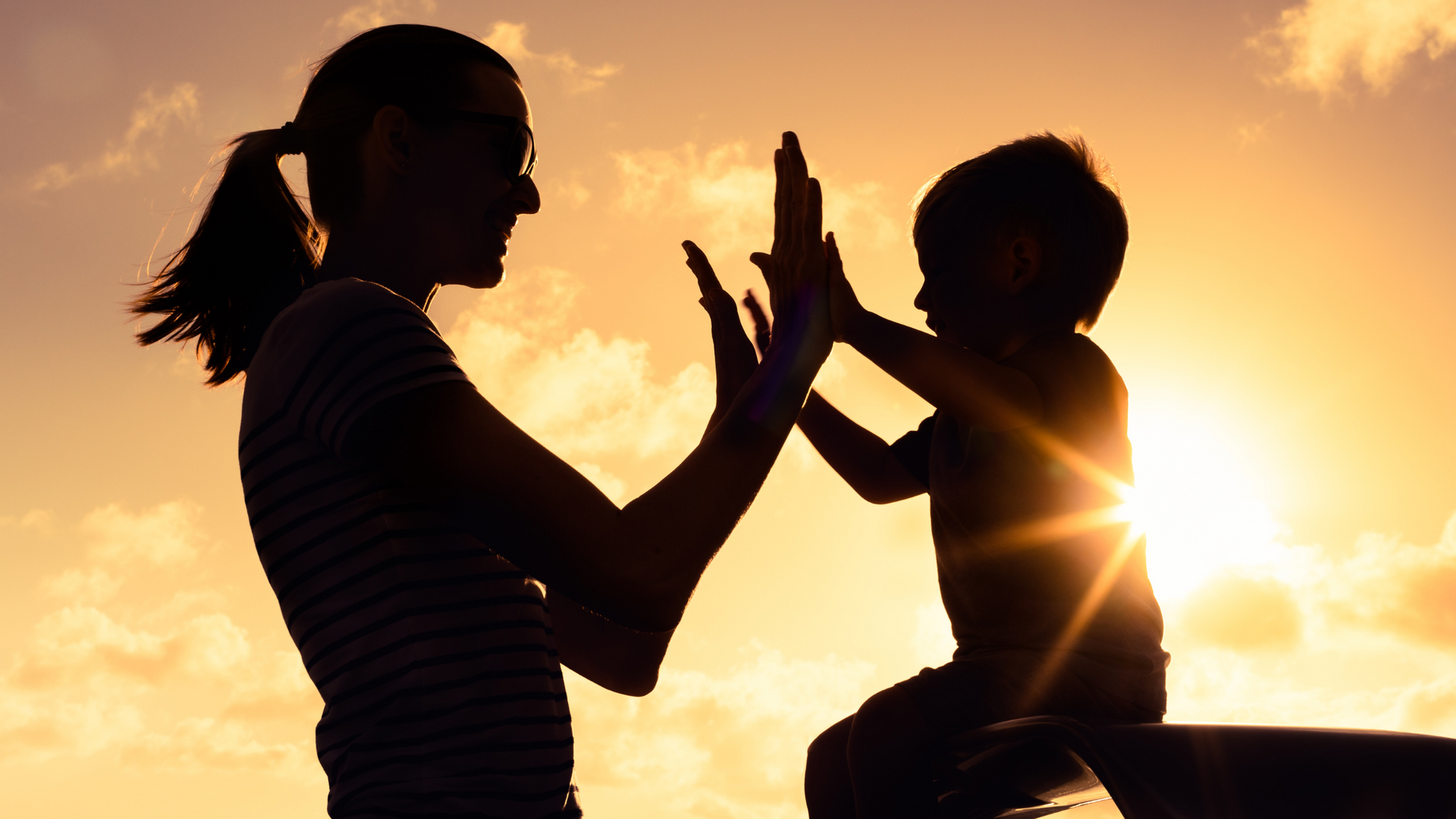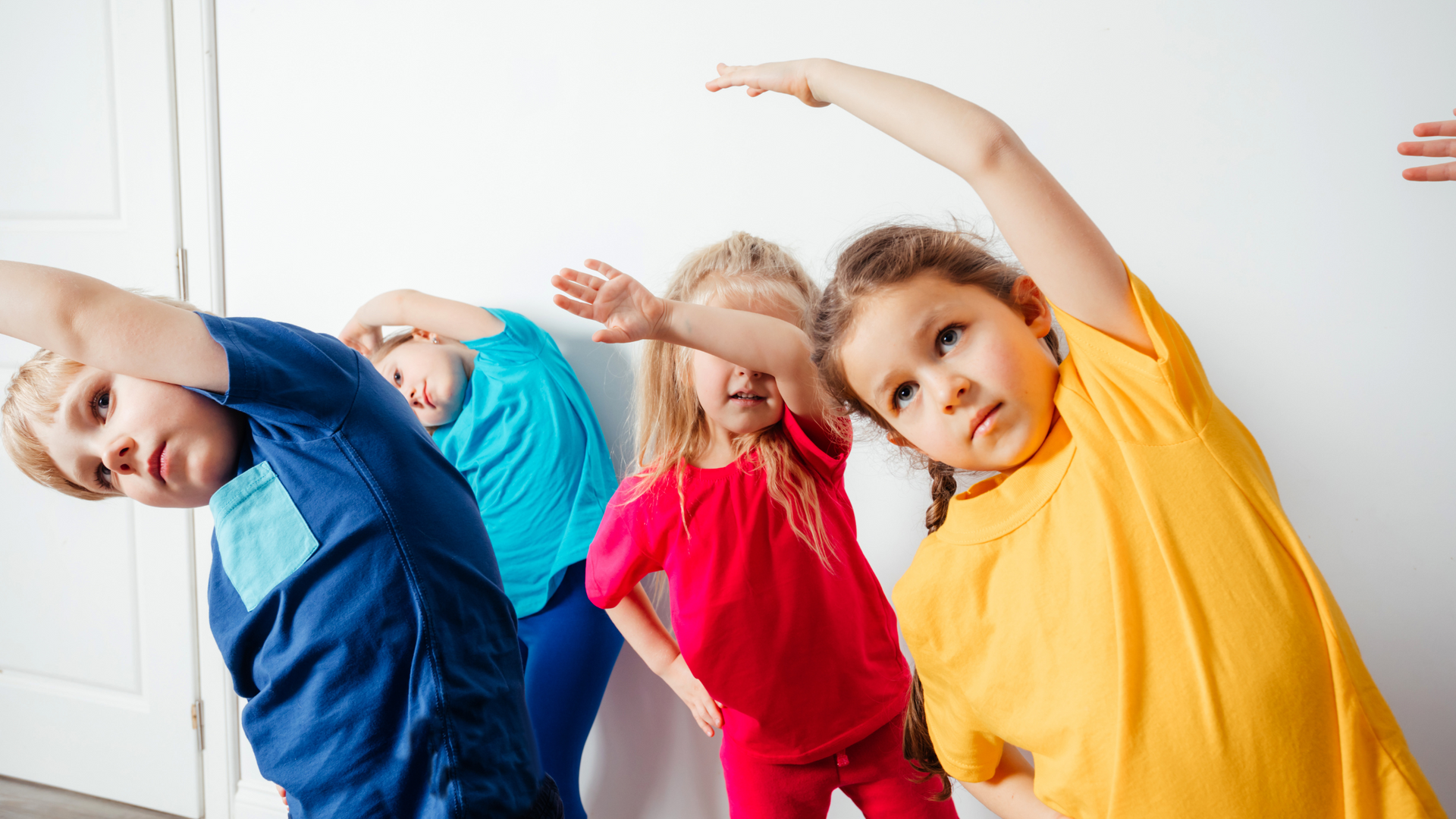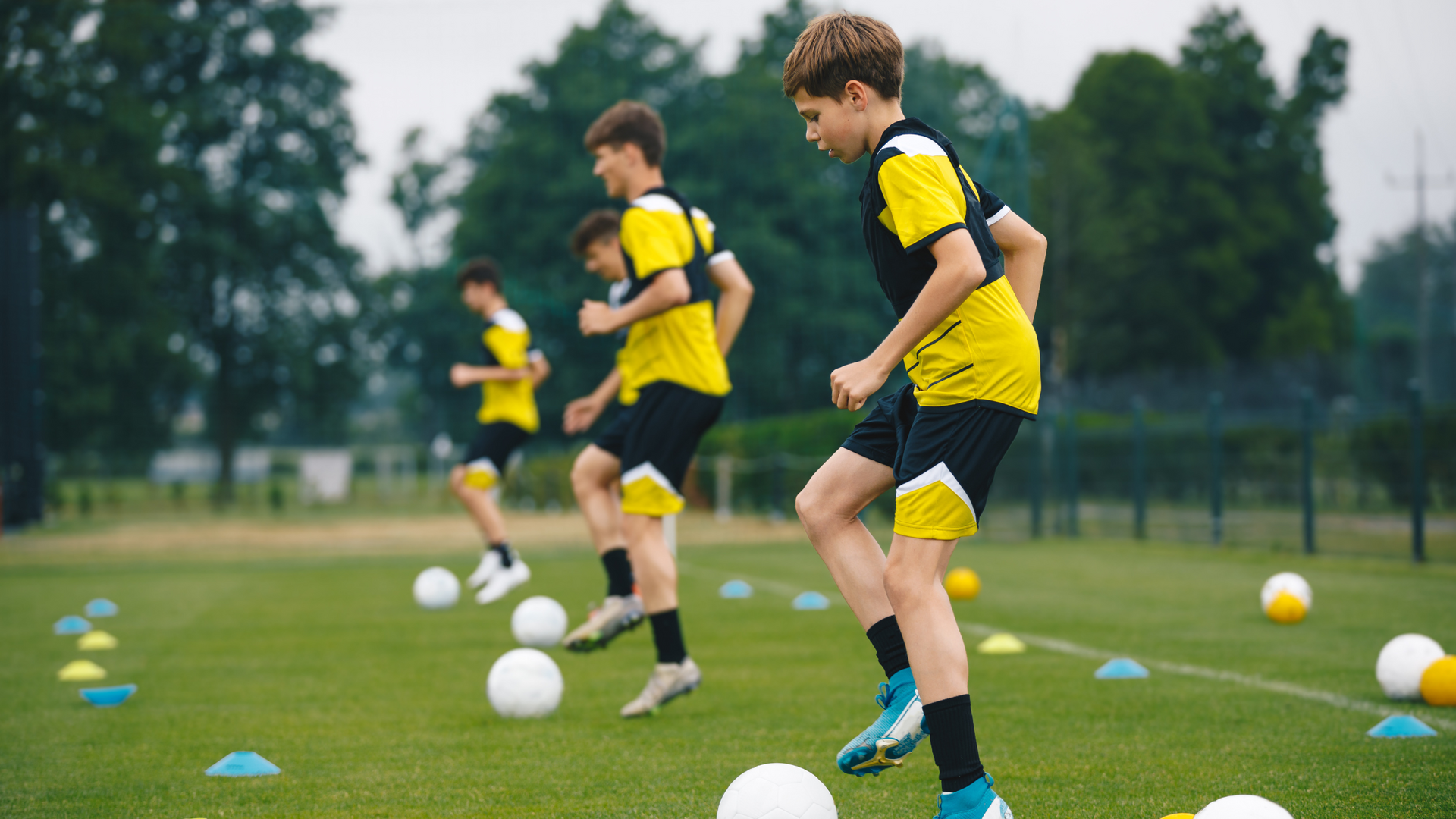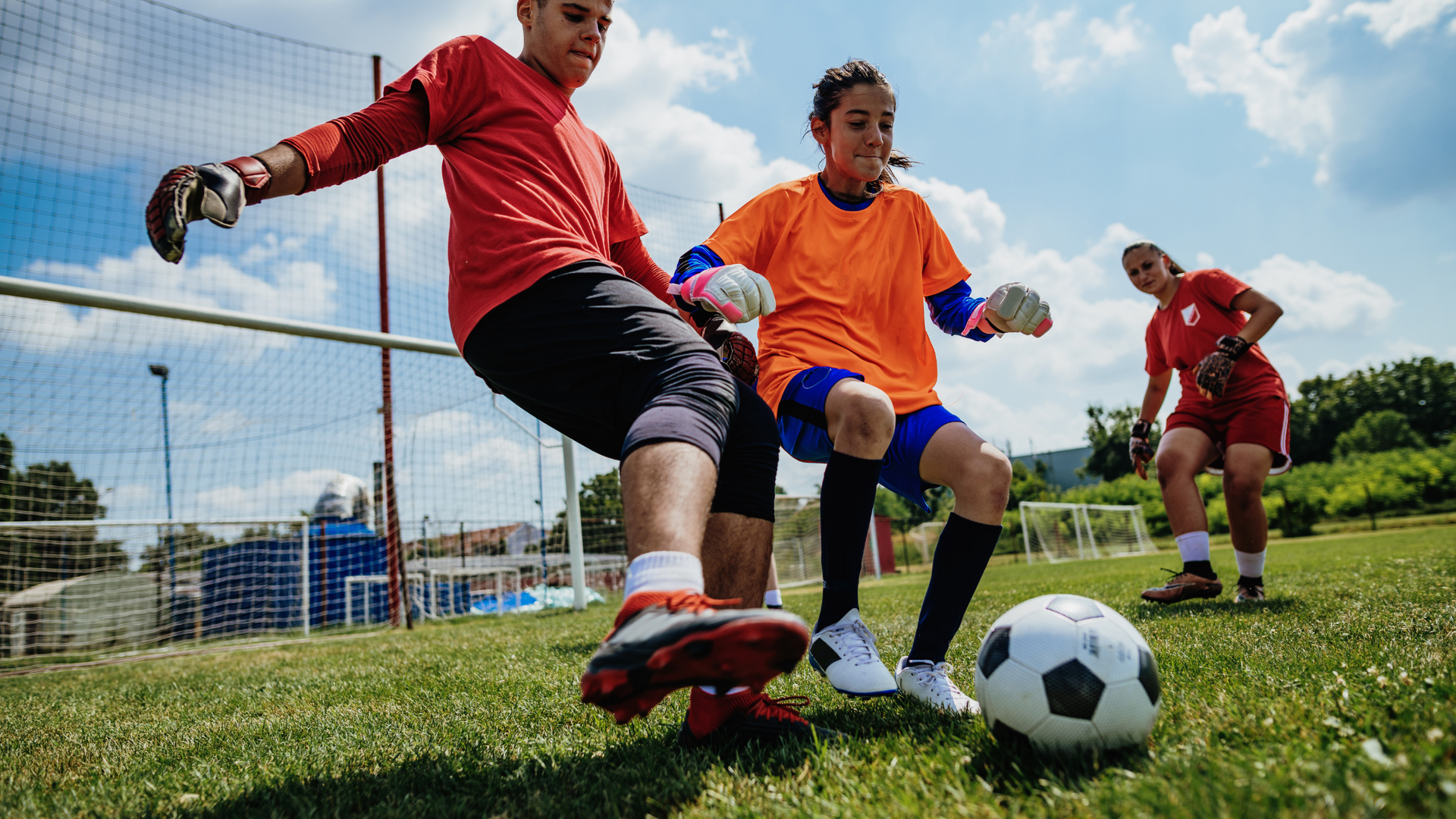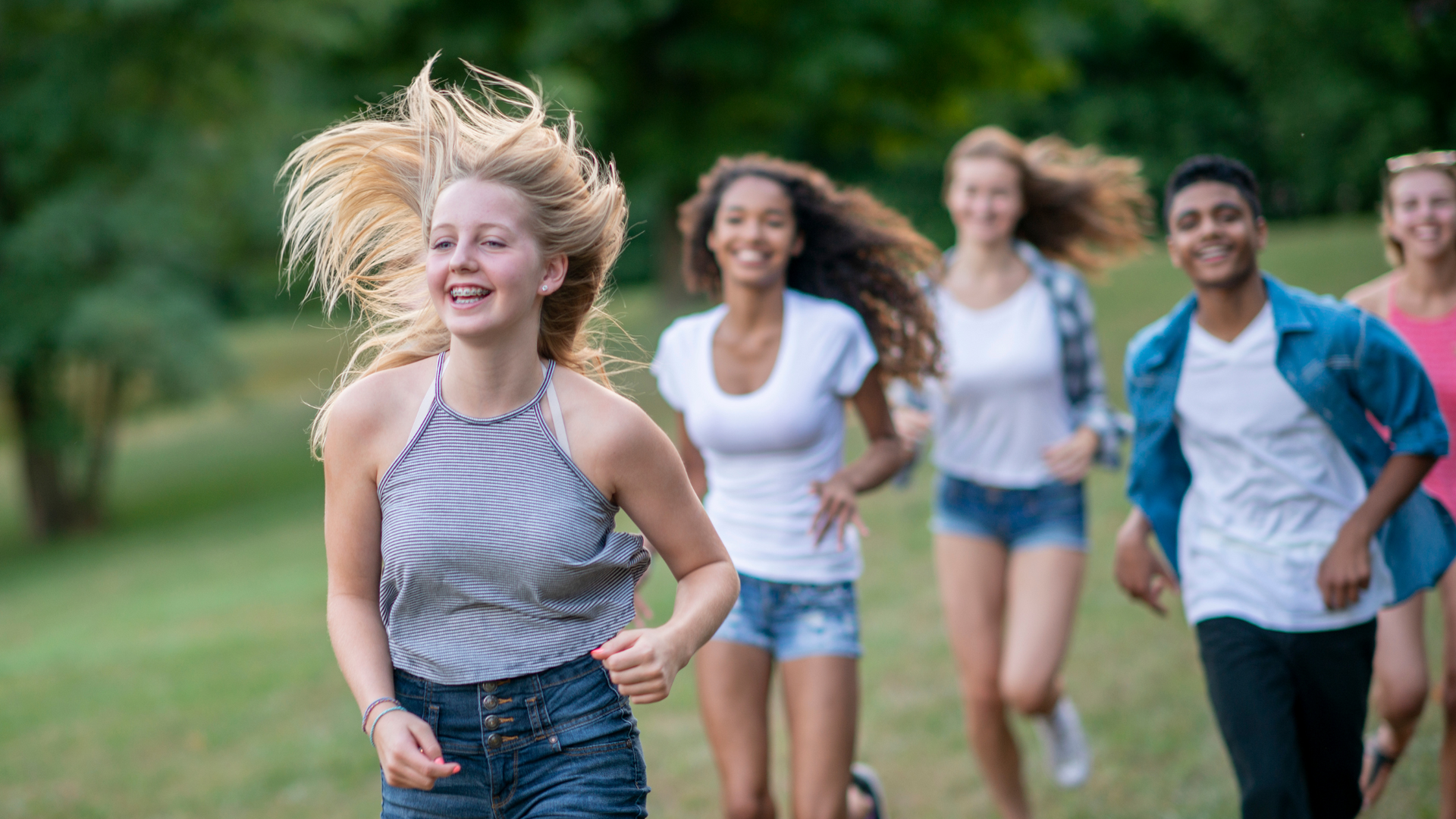Build Your Kid's Confidence Through Exercise and Fitness
"Fit Kids Have Limitless Potential"
Fitness is about far more than physical health—it builds mental strength, resilience and self-confidence that last a lifetime. As parents, helping our children unlock their potential through exercise and activity sets them up for success in all areas of life.
The Link Between Fitness and Self-Confidence
Self-confidence comes from believing in your abilities and feeling comfortable in your own skin. As children develop athletic skills, meet fitness challenges, and see their bodies grow stronger, their self-assurance blossoms. Some key links between fitness and confidence:
Developing Physical Abilities
As kids improve balance, coordination, strength and stamina through exercise, they feel empowered in their bodies. Things that once seemed difficult become easy, boosting self-belief.
Overcoming Challenges
New ParagraphEach fitness goal reached builds grit and tenacity. Gradually taking on tougher challenges without giving up teaches kids they're capable of more than they believe.
Making Progress
Seeing measurable gains in speed, strength, endurance or abilities raises kids' confidence in their potential. Progress fuels motivation to keep improving.
Learning New Skills
Mastering physical skills like throwing a ball, doing a cartwheel or climbing a rope course gives kids a sense of mastery over their bodies. This competence transfers to self-assurance.
Releasing Feelings
Vigorous exercise provides an outlet for stress and worry. Releasing pent-up feelings helps kids feel more relaxed and positive.
Endorphins and Neurochemicals
Exercise releases feel-good endorphins and neurochemicals that boost mood. Regular activity literally helps kids feel happy and self-assured.
Fun Ways to Build Your Child's Confidence Through Fitness
Helping kids connect fitness with self-confidence is easy when you make it playful. Shift the focus away from just exercise itself and onto creativity, imagination and fun.
Get Active Outdoors
Let nature be your playground! Hike, ride bikes, play games like tag and soccer, climb trees, walk balancing beams, leap over streams, or make treasure hunts.
Explore New Sports
Branch out from familiar sports and uncover new favorites. Take classes in gymnastics, martial arts, rock climbing, paddle boarding, circus skills like aerial silks, or parkour.
Make Exercise a Game
Invent challenges like: Who can hold a plank the longest? How many balls can you juggle? See who skips fastest or create obstacle courses.
Pick Feel-Good Music
Let your child create playlists packed with songs that make them feel energetic and empowered! Jam out together.
Focus on Personal Bests
Instead of comparing your child to others, celebrate their new personal records. Did they run farther or lift more weight this week? Progress feels great!
Add Excitement
Sign up for kid-friendly mud runs, fun runs, mini-triathlons or obstacle course races. The thrill of new adventures builds boldness.
Try Backyard Camping
Pitch a tent, tell stories, gaze at the stars and play night games. Kids feel brave sleeping outdoors!
Embrace Silliness
Go noodle dancing, have wheelbarrow races, play freeze dance or make up new creative movement games. Playfulness fosters confidence
Specific Exercises that Build Self-Belief
While any enjoyable, engaging physical activity develops kids' confidence over time, certain exercises have an extra strong impact by pushing specific limits.
Climbing
Reaching new heights on a climbing wall, rope net, tree or jungle gym directly builds bravery and self-assurance. Mastering a tough climb gives a powerful dose of “I can do hard things” belief.
Swimming
Learning to be comfortable and skilled in the water creates tremendous confidence. Kids leap into the pool knowing they can swim and are safe.
Tumbling and Gymnastics
As kids learn to flip, roll, balance, jump and do tricks, they amaze themselves at what their bodies can do. New skills build bodily confidence.
Trampolines
Bouncing high and learning tricks boosts kids' belief in their athletic skills. They overcome fears and literally reach new heights.
Strength Training
Lifting weights (safely!) impresses kids with their growing power and capabilities. Strength feeds self-confidence.
Martial Arts
Practices like karate teach focus, discipline and control over the body. As kids earn new belts, their executive function and self-assurance rise.
Yoga
Yoga improves body awareness, balance, core strength and focus. Kids gain lasting confidence benefits from the mind-body control yoga cultivates.
Lasting Confidence for Health and Success
The mental and emotional benefits of physical confidence give kids an advantage now and later in life. Some perks include:
- Healthy Body Image- Kids who feel comfortable and competent in their bodies tend to have higher body positivity than tweens, teens, and adults. Exercise helps prevent body insecurity.
- Resilience- Confident kids bounce back from failures and handle stress with poise. Physical assurance provides mental grit.
- Self-Esteem- Athletic skill builds pride, self-respect, and positive self-attitudes. Active kids feel worthy.
- Social Skills- Participating in physical activities like team sports improves social confidence to make friends, communicate and cooperate.
- Focus and Drive- Physical achievements like new personal records make kids feel capable of attaining any goal they set their minds to.
- Courage- Boldness developed through adventure, sports, and fitness carries over so kids can face new challenges at school, socially, and in family life with bravery.
- Leadership- The initiative, discipline, and perseverance kids gain from fitness activities help them step up as leaders at school, with friends, and in the community.
As parents, our job is to ignite that first spark of confidence so our kids embrace their potential. Physical activity, fitness, and sports powerfully instill self-belief at a foundational level. By encouraging our children's physical abilities, we unlock their futures.
Foster Lasting Confidence and Success with GantryKids
At GantryKids, we believe every child has limitless potential waiting to be unlocked. Our programs use engaging, play-based fitness activities to build the lifelong physical and mental confidence kids need to create their own success stories.
To learn more about our classes for toddlers through teens, visit www.gantrykids.com. Ready to register your child to develop grit, leadership and confidence through fitness? Contact us today!
If you're looking for fun activities and exercise programs for your kids and teens reach out to us at Gantry Kids & Teens in New York. We're looking forward to working with you and your kids. Whether a novice or elite athlete, we got you covered with classes, after school, camps, the occasional Saturday night, private training or even celebrating a special event. We’re Building Tomorrow’s Leaders Today! Contact us today.
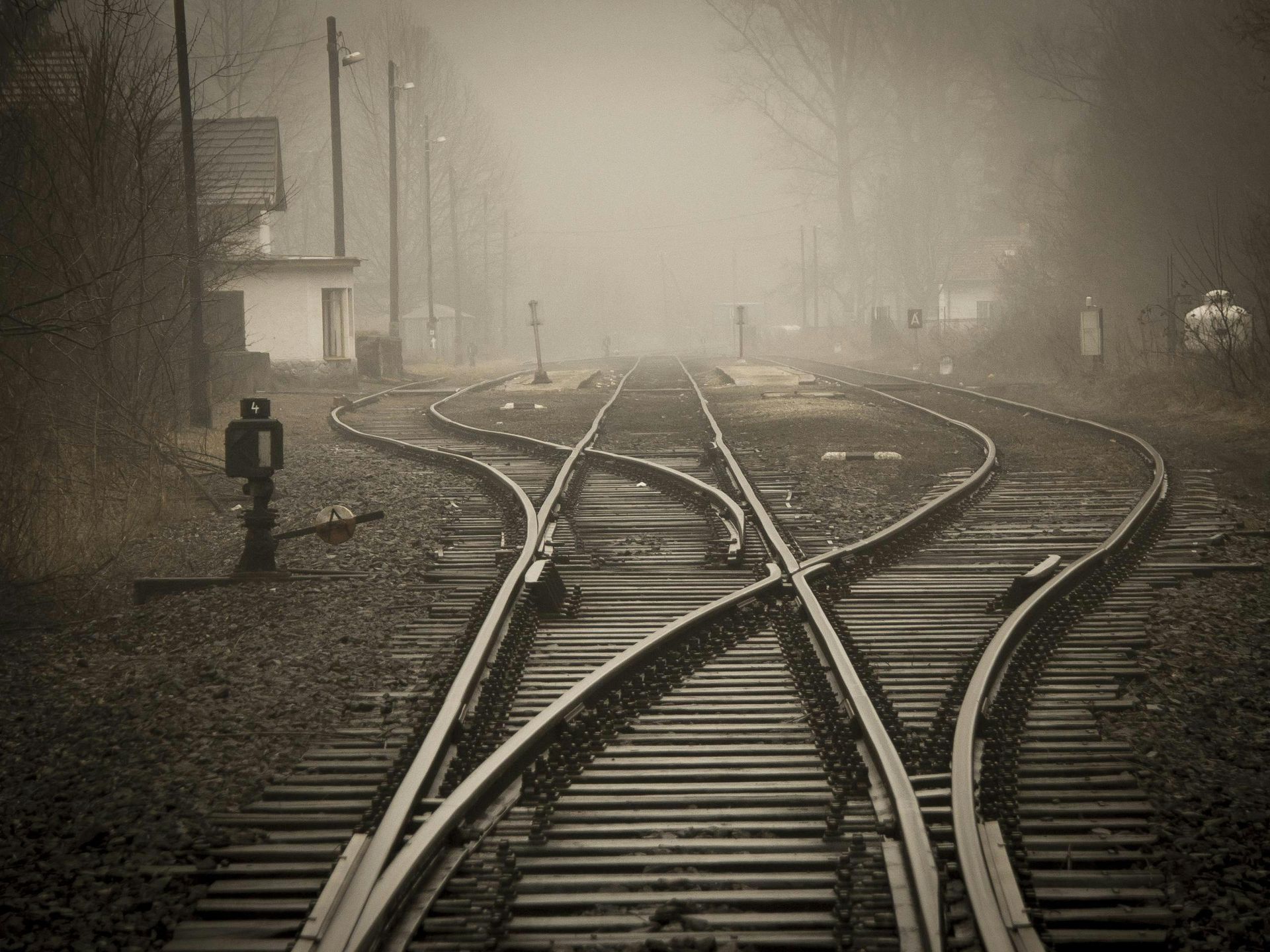
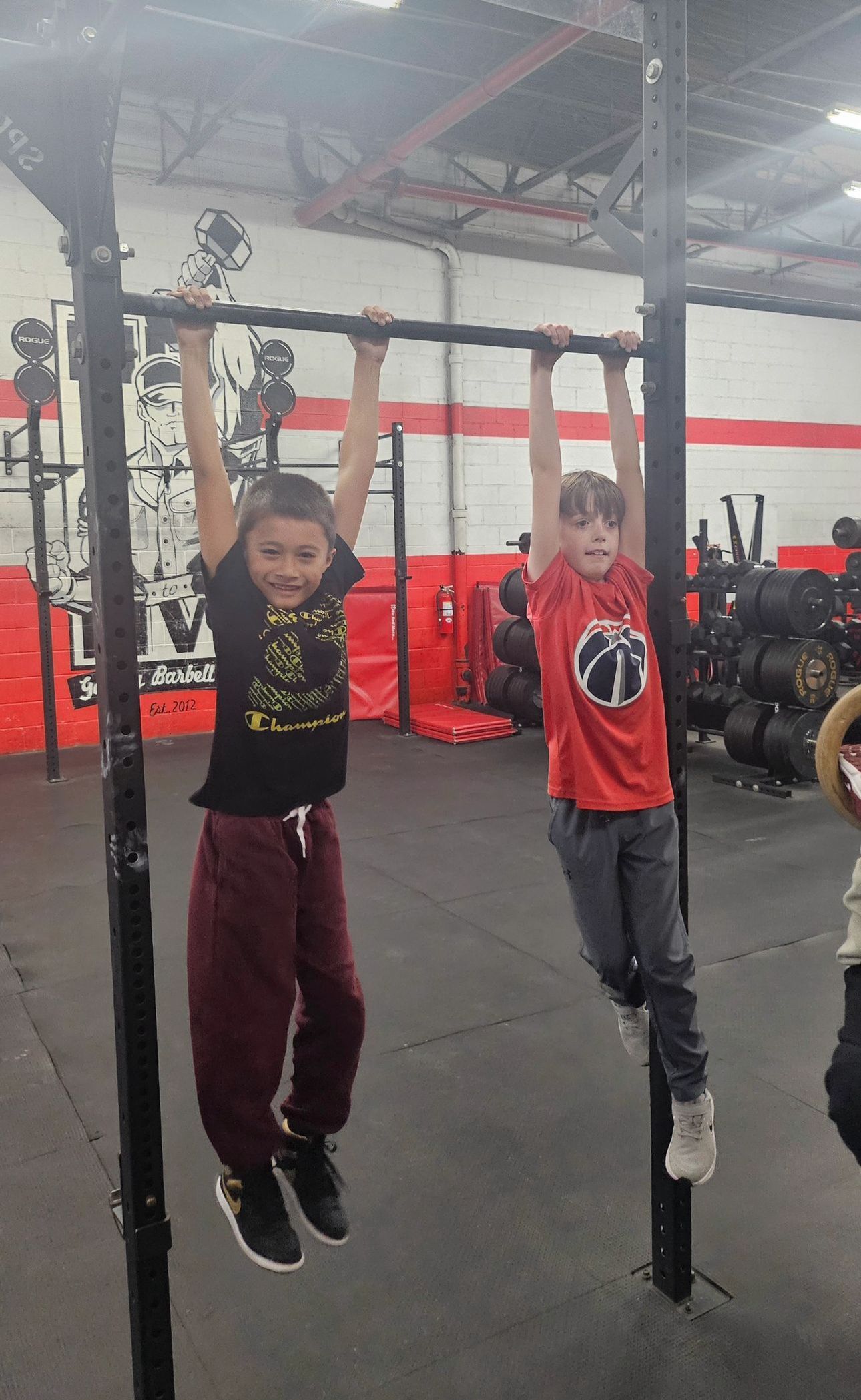
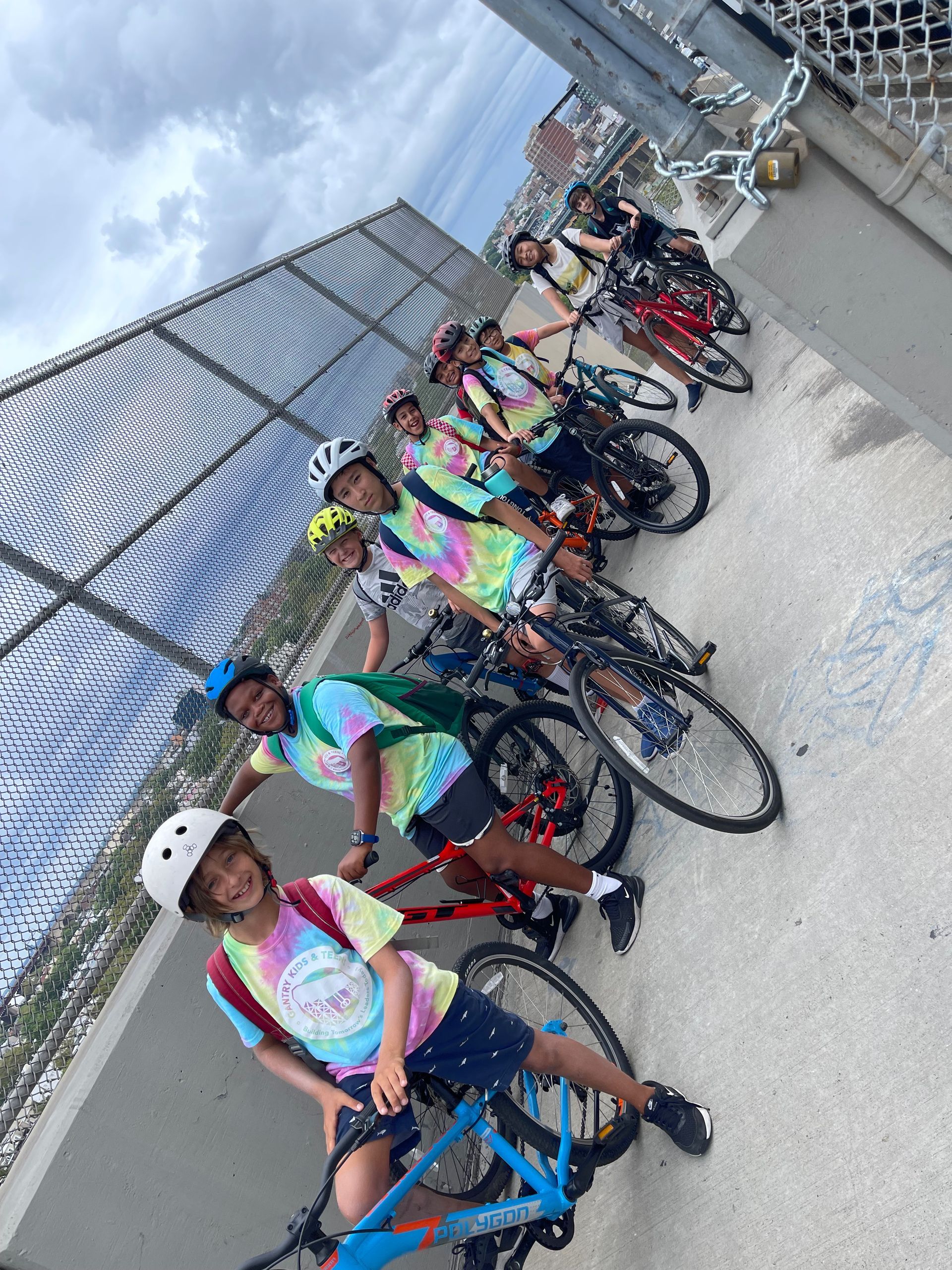

46th Road, Long Island City, NY, 11101
917.426.4650
info@gantrykids.com
